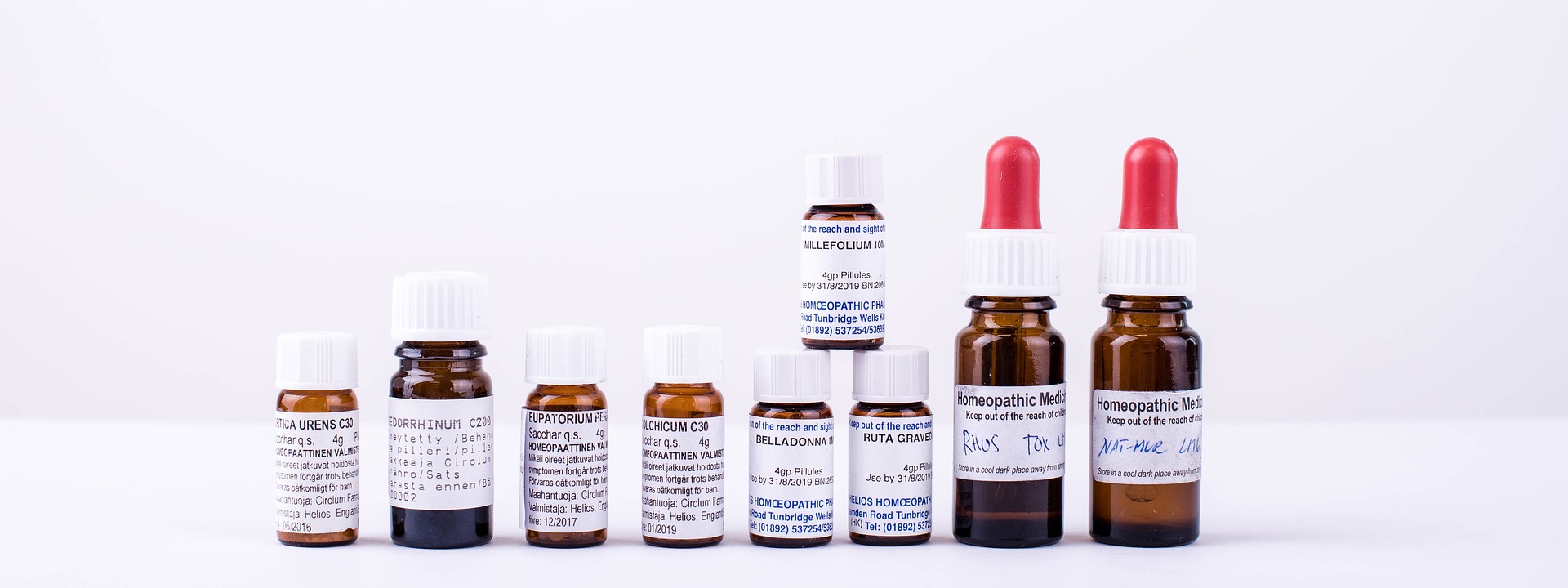Homeopathic Remedies
The word "homeopathy" originates from the Greek words' homeos' meaning similar, and 'pathos' meaning suffering.
What is Homeopathy?
Homeopathy, also known as Homoeopathy or Homœopathy, was introduced by a German physician named Samuel Hahnemann in 1796.
Hahnemann practiced traditional medicine but became disillusioned with the standard medical treatments of the day.
He started advocating the practice of good hygiene, better nutrition, fresh air, and exercise. To help others, he began researching alternative treatment methods using natural materials.
Homeopathy still uses Hannemann's findings and is considered alternative and complementary medicine.
One of the main reasons for homeopathy's popularity is that homeopathy treats the individual as a whole, not just the illness.
Types of Homeopathic Remedies:
Homeopathic remedies are found in nature and are derived from plants, minerals, and animal sources.
Homeopathy is based on the theory that "like cures like."
The remedies are substances that will cause the same symptoms in someone healthy.
The idea is to stimulate the body's natural defenses to heal those symptoms in someone ill. This is known as the "Law of Similars."
You can download a pdf copy of the entire list of homeopathic remedies.
Remedy Preparation
Homeopathic remedies are prepared using a process known as "potentization".
During processing, potentization involves diluting, shaking, or banging the medicine on a hard surface. The shaking motion is called "succussion". Succussion releases more potency into the mixture, even at lower dilutions.
The more dilutions, the more potent the medication. Dilution continues until it is unlikely that even a single molecule of the original substance remains.
Remedy Profile
Homeopathic remedies are determined by the sufferer's symptoms and several other factors, such as medical history, current physical condition, and psychological state.
To many, this is a more sensible approach (a holistic approach) rather than the conventional medicine of treating only a symptom.
After all the symptoms and lifestyle factors are considered, a homeopathic remedy is selected and tailored based on the totality of the symptoms.
There are three basic laws of direction in homeopathy, and they explain the path the cure takes through the body. Dr. Hering developed them. They are:
From top to bottom:
The body will heal sequentially from top to bottom.
For example, head symptoms will subside first, then move down the body, followed by any problems on the extremities.
From within outwards & from a more important organ to a lesser one:
As the patient's health improves, symptoms will move from the inner organs of the body (most vital to life) to outer and less critical areas
In the reverse order of the symptom occurring:
Old symptoms often resurface during the healing process in the reverse order in which they first appeared.
Homeopathic Remedy Safety
Homeopathy is particularly effective in treating chronic illnesses and those that fail to respond to conventional treatment.
Homeopathic remedies are considered safe because they are highly diluted. It helps treat babies, pregnant women, and the elderly, as medications are not usually recommended for those groups.
For those thinking of trying homeopathy, homeopathy with conventional medicine can be used in a complementary fashion.



